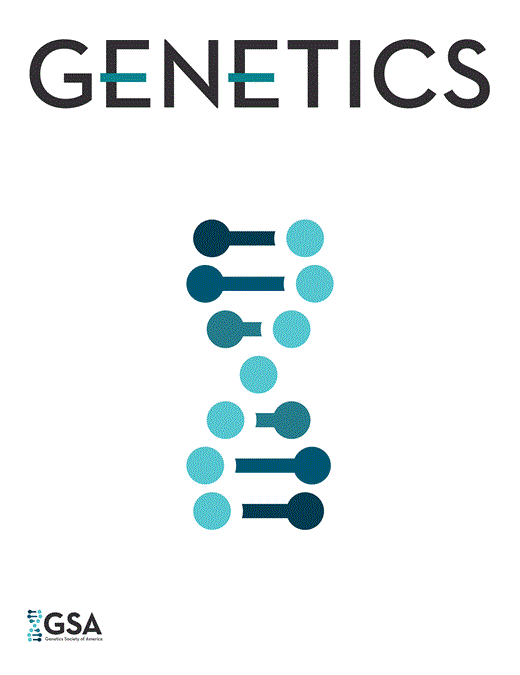-
PDF
- Split View
-
Views
-
Cite
Cite
B D H Latter, SELECTION FOR A THRESHOLD CHARACTER IN DROSOPHILA IV. CHROMOSOMAL ANALYSES OF PLATEAUED POPULATIONS, Genetics, Volume 73, Issue 3, 1 March 1973, Pages 497–512, https://doi.org/10.1093/genetics/73.3.497
Close - Share Icon Share
ABSTRACT
Chromosome substitution and intra-chromosomal recombination techniques have been employed to determine the genetic basis of limits to selection in lines selected for high scutellar bristle number from the Canberra population. Three observations indicate the presence of an upper threshold affecting some component traits, which is not readily discernible at the level of the selected phenotype:
(1) The variance of the number of anterior + interstitial + posterior bristles is progressively reduced as the mean approaches a total of eight at these sites. Total bristle number, which includes apicals in addition to the above three components, and which was the trait subject to selection, shows little evidence of this phenomenon;
(2) the effect of a given chromosome substitution is also greatly reduced as the mean approaches eight anterior + interstitial + posterior bristles, by comparison with its effect in genotypes of lower mean;
(3) chromosome substitutions show some evidence of negative interaction as this level is approached, in contrast to the positive interactions evident at higher means. All chromosomes except IV are involved in progress beyond the proposed upper threshold. However, chromosome III has the most important effect, due primarily to a major gene located at approximately 61 cM, which also markedly increases dorsocentral and postvertical bristle numbers.



